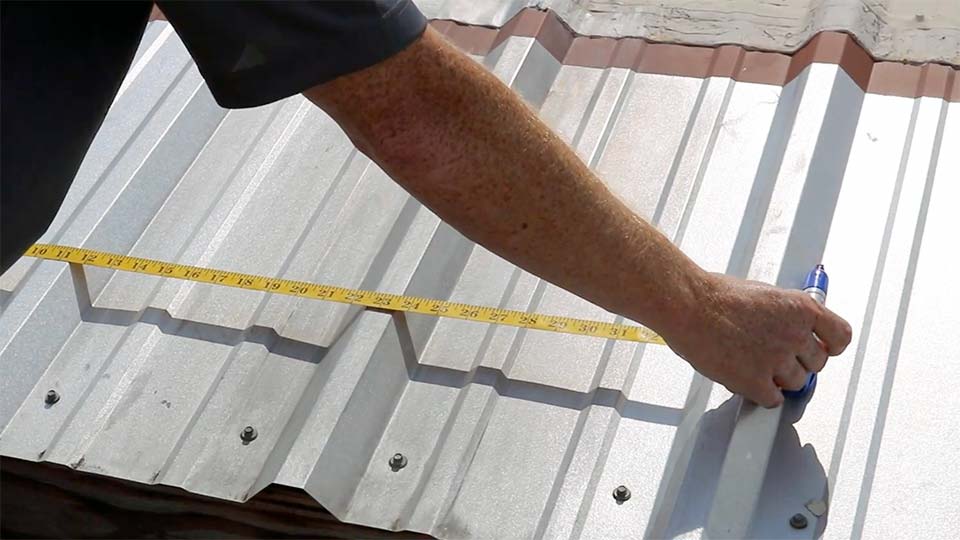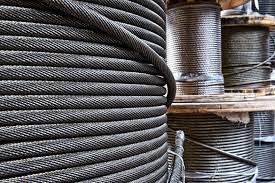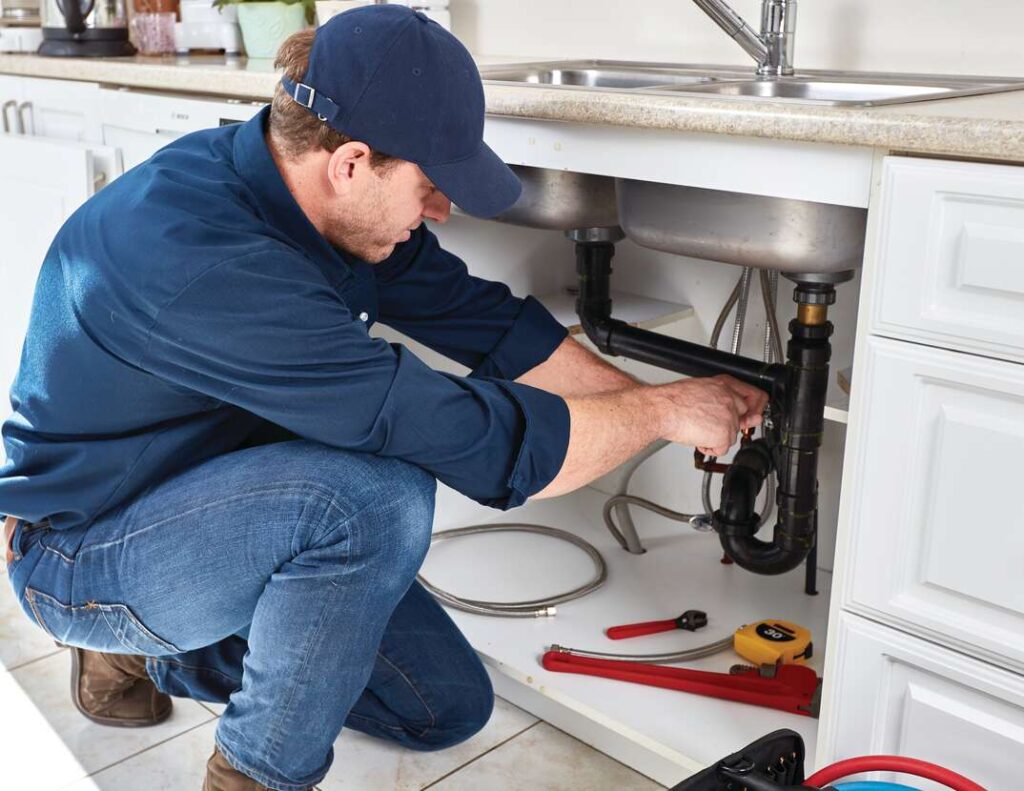Introduction
When it comes to installing a metal roof, precision is key. Getting accurate measurements is the first and most crucial step in ensuring a seamless metal roofing installation. In this comprehensive tutorial, we will guide you through the process of measuring for metal roofs, providing expert insights and tips to guarantee a successful project. Measure for Metal Roofs
Understanding the Basics
Assessing Roof Pitch
Before diving into measurements, it’s essential to understand your roof’s pitch. The pitch influences the type of metal roofing material you should use. For a precise assessment, utilize a pitch meter or seek professional assistance to determine the angle accurately. o Measure for Metal Roofs
Gathering Necessary Tools
Equip yourself with the right tools for an accurate measurement. You’ll need a tape measure, chalk line, and a digital angle finder to ensure precision in every step of the process.
Measuring Roof Dimensions
Length and Width Measurements
Start by measuring the length and width of each roof section. Use the tape measure to obtain precise dimensions, making note of any protrusions such as chimneys or vents that may affect the roofing layout.
Calculate Roof Square Footage
To determine the total square footage of your roof, multiply the length by the width of each section and then sum up the areas. This calculation is crucial for accurately estimating the amount of metal roofing material needed.
Factoring in Overhangs and Eaves
Measuring Overhangs
Measure the overhangs of your roof, ensuring that you account for any extension beyond the structure’s edge. Accurate overhang measurements prevent shortages in metal panels and guarantee proper coverage.
Assessing Eaves and Fascia
Take precise measurements of the eaves and fascia, accounting for any variations in size. This step is critical for achieving a seamless transition between the roof and the walls, enhancing both aesthetics and functionality.
Dealing with Obstacles
Measuring Around Obstacles
For accurate measurements around obstacles like chimneys or skylights, use a chalk line to mark reference points. Measure from these points to ensure that the metal roofing panels fit snugly around any obstructions.
Accounting for Ridge and Valley Lines
Measuring Ridge Lines
Accurately measure the ridge lines of your roof, considering any deviations in the peak. This step ensures that your metal roofing panels align seamlessly, providing a polished and professional finish.
Determining Valley Lines
Measure the valley lines between roof sections, accounting for any dips or rises. Precise measurements in these areas are vital for preventing water accumulation and ensuring proper drainage.
Finalizing Your Measurements
Double-Check All Measurements
Before ordering your metal roofing material, double-check all measurements. Accuracy is paramount to avoid delays, additional costs, and potential installation issues.
Consult with Professionals
If in doubt or if your roof has unique features, consult with roofing professionals. Their expertise can provide valuable insights, ensuring a flawless metal roofing installation.
Conclusion
In conclusion, measuring for metal roofs is a meticulous process that demands precision and attention to detail. By following this comprehensive tutorial, you’ll be equipped with the knowledge and skills needed to obtain accurate measurements, setting the foundation for a successful metal roofing project.




